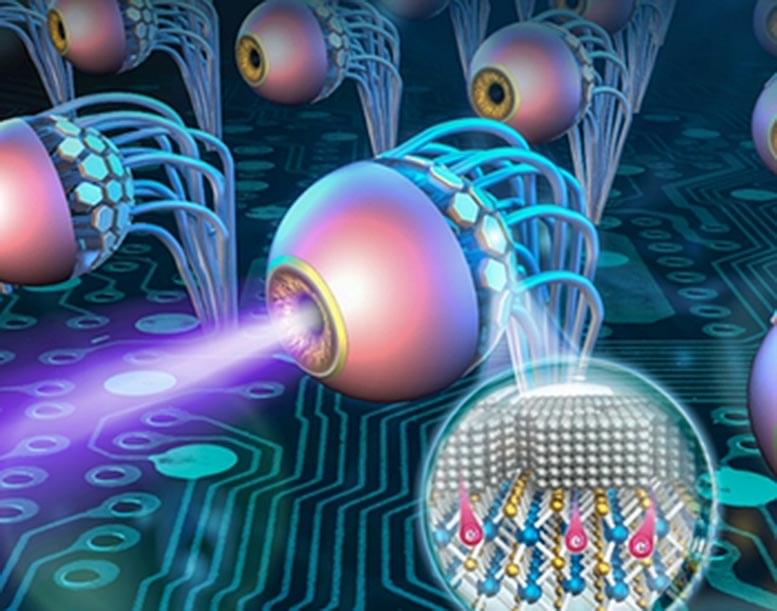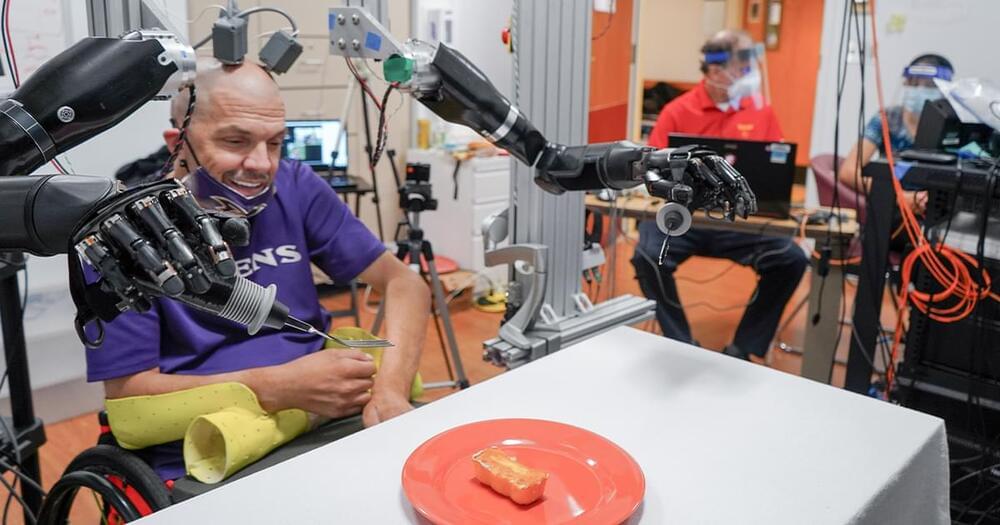A new technology solution that will provide low-power systems for use in bionic eyes, has been jointly developed by academics from the Harbin Institute of Technology in China and Northumbria University.
Working in partnership with a research group led by Professor PingAn Hu from the Harbin Institute, Northumbria’s Professor Richard Fu described their newly developed method for controlling the artificial synaptic devices used in bionic retinas, robots, and visual prostheses, as a “significant breakthrough.”
The team discovered that injecting elements of the soft metal, indium, into a two-dimensional (2D) material called molybdenum disulfide (MoS2), could improve electrical conductivity and reduce power consumption of the optical synapses used in the development of bionic eyes.


